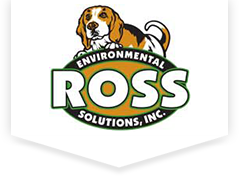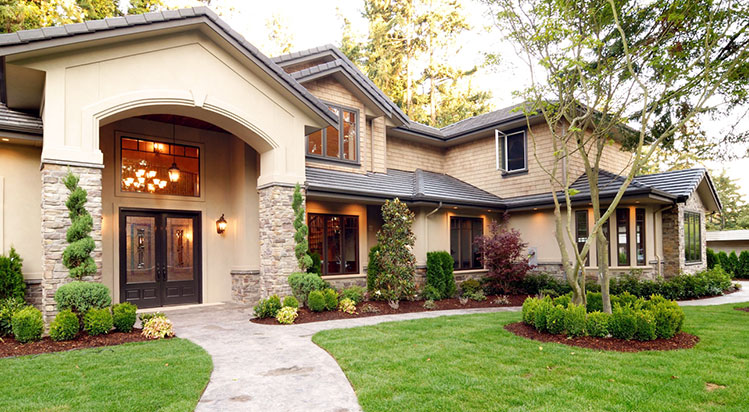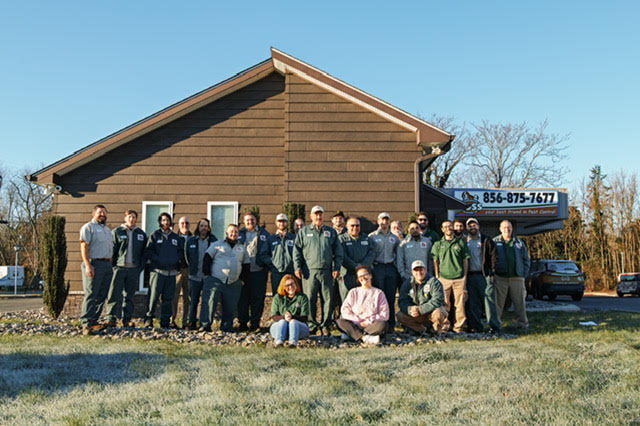What Does Mold Need to Grow & How Much Exposure is Harmful to Your Health in Mount Laurel, NJ
In commercial buildings and homes, toxic mold is an increasingly common problem. Harmful molds exist in a wide variety of forms even though most people think black mold is the only threat. Mold exposure, depending on the length of time, can cause ill effects that range from minor annoyances to very serious health problems. And mold isn’t only a health risk, but it expedites the decay on most materials. With that in mind, we at Ross Environmental Solutions would like to take the opportunity to briefly discuss the more common types of mold found in residential and commercial buildings.
How Does Mold Grow in a House?
Biological materials are naturally broken down by different kinds of mold. Mold relocates as tiny mold airborne spores, light and small enough to not be noticed. This makes mold found nearly anywhere in the environment. Not only floating in the air but mold spores can be deposited on any surface including clinging to pets and people. Once the mold spores land in a damp area, it will begin to grow as it digests the materials it has landed on. Most types of mold will increase the rate of growth in dark and warm areas as well.
What Does Mold Need to Grow?
Mold spores can be brought indoors through an open door or window, through the HVAC system, or even attached to pets or people. For mold to then grow and thrive it takes excessive moisture, temperature range, and a food source. The moisture can derive from many sources. The air can have enough moisture in itself, additionally; broken plumbing pipes, excessive rain damage, and other such means can feed the mold the moisture it needs. As mentioned before, mold can consume the biological materials; woods, carpets, drywall, and etcetera; but dust can also be an adequate food source as well. The temperatures mold grow in is between 60 and 80 degrees Fahrenheit.
Guide to Common Types of Mold
Experts estimate that there are over 100,000 types of mold species. Where some can cause potential health risks other species are harmless. Through residential and commercial buildings the most common types found are the following:
– Alternaria
– Aspergillus
– Cladosporium
– Penicillium
– Stachybotrys atra
What Does Mold Do to You & How Much Mold Exposure in Harmful?
As byproducts of their metabolism, molds may produce volatile organic compounds (VOC) or toxins. The VOC, however, will typically evaporate at room temperatures, leaving a musty odor that can be easily detected. Though few VOC develop unfavorable health effects, fortunately they are not extremely hazardous. Toxins on the other hand, do not evaporate and are considerably dangerous to a person’s health. Symptoms of mold exposure can range from nasal stuffiness, throat irritation, coughing or wheezing, eye or skin irritation to more serious concerns such as lung infections in those with low immune systems. No matter which type of mold is infesting your home or business, it should be considered a health risk and it should be immediately investigated and removed as soon as possible.
Mold Prevention, Removal & Remediation
If your discover mold in your home or business in New Jersey, call in the experts of Ross Environmental Solutions and let our specialists get started on getting rid of the mold, finding the source, and making the necessary repairs and replacements to get your building mold free. Contact us today!



